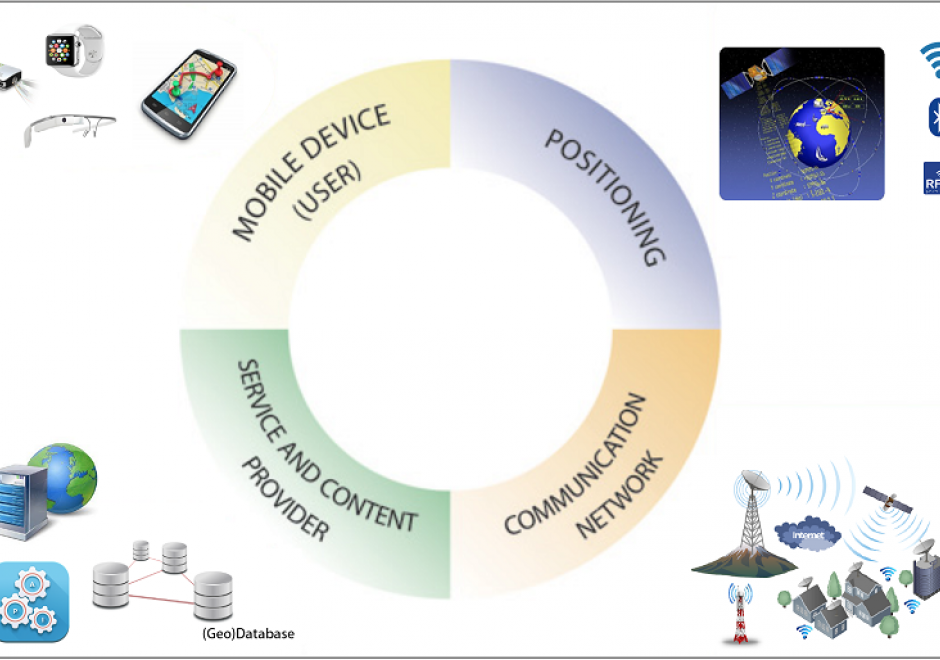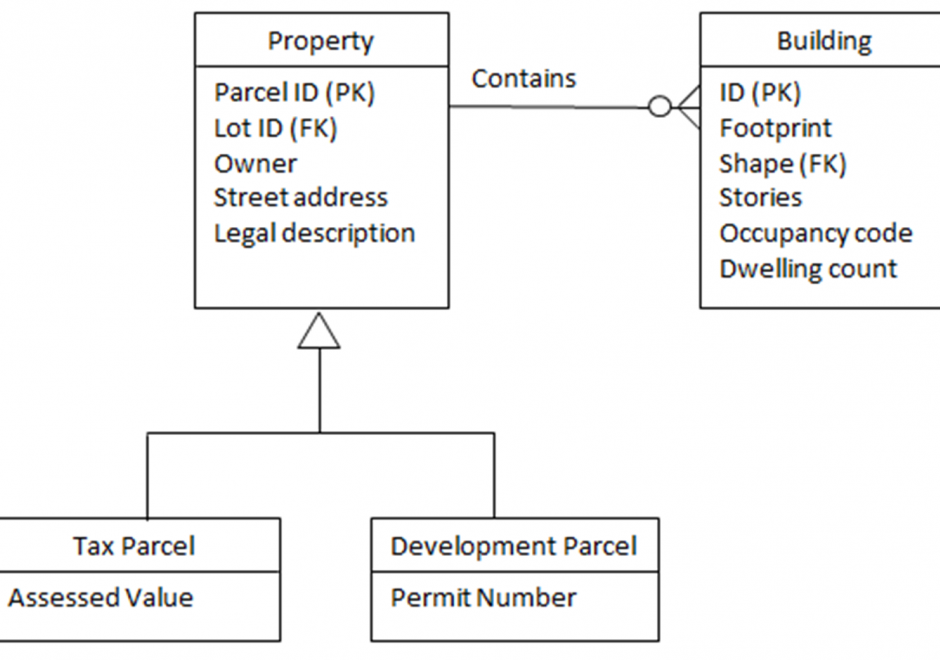PD-01 - Linear programming

- Explain the role of constraint functions using the simplex method
- Explain the role of objective functions in linear programming
- Describe the structure of linear programs
- Explain the role of constraint functions using the graphical method
- Implement linear programs for spatial allocation problems



GS-03 - Liability